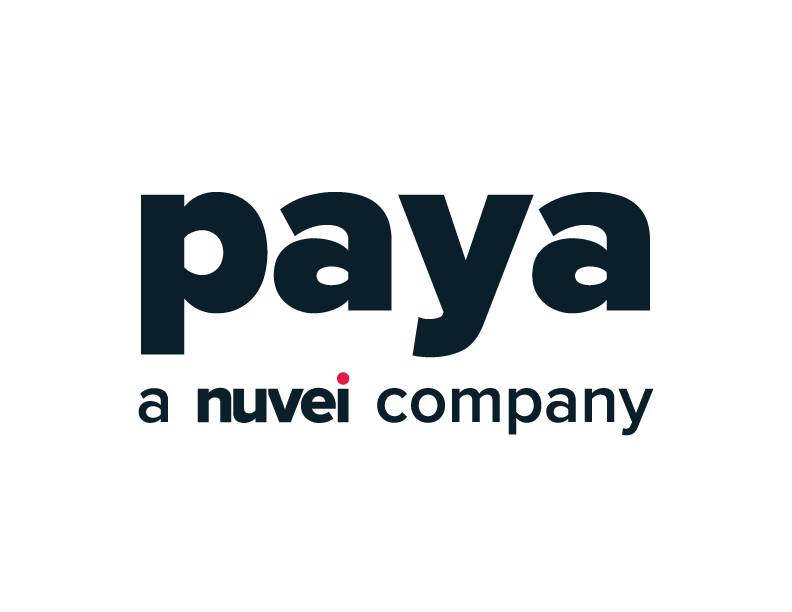
If your healthcare practice hasn’t changed its handling of payment acceptance in a while, you might be surprised to learn that the very act of accepting payments can have a major impact in your bottom line—and making just one mistake can have a huge impact on cash flow.
Here are some of the most common mistakes healthcare practices make when it comes to payment acceptance—and how you can avoid them.
Mistake #1: Using a Non-Integrated Payment Solution
If you process payments outside of your practice management software (for example, using a standalone physical terminal or virtual terminal) you’re using what’s known as a non-integrated solution. Using disparate systems in your practice results in manual data entry and can make the task of reconciling your books a real chore. If your practice is experiencing manual reconciliation headaches, you are not alone.
Not to worry, here’s how to fix it.
Choose a practice management software with integrated payments (such as RXNT’s Full Suite that offers payments powered by Paya) that includes a built-in payment processing module. Having payments integrated into practice management software makes the acceptance of credit card and ACH (bank account transfer) payments more streamlined and efficient.
Using software with integrated payments lets your practice handle all of the operations within one centralized platform, making manual reconciliation and duplicate data entry things of the past. And since all patient billing and payment information lives in the same platform, your practice can easily run reports that let you see cashflow trends and understand the overall financial health of your practice.
Integrating payments with other key practice management tasks eliminates manual tracking and managing spreadsheets with information from two different systems. This frees up time for your office staff to focus where it matters—caring for your patients.
Mistake #2: Not Using A Full-Service Processor
As a general rule, the more service providers that are involved in a transaction, the higher the cost since each provider needs to get paid.
If your practice is using a third-party payment gateway such as Auth.net or PayPal, you’re paying for the gateway to act as a bridge and route to a full-service processor like Paya for authorization. The transaction is then sent for verification, settlement and funding. In this example, customers pay the middleman (auth.net or PayPal) a routing fee and then pay the processor for processing the transaction.
In comparison, with a full-service processor (such as Paya) the “gateway” is eliminated, along with the gateway fees, and transactions are sent straight from the software to the processor.
Likewise, when dealing with third party providers, there is a middleman involved for customer service, which can present complications if you don’t know which party is responsible for addressing your issue. With a full-service processor, when your practice needs support, you can make a single call to get the help you need so you can get back to running a practice.
Mistake #3: Exposing Your Practice To Security Vulnerabilities
Medical practices know all about HIPPA compliance and how to protect confidential patient information. But does your practice take the same care to protect credit card information?
You may be familiar with PCI DSS—the Payment Card Industry Security Standards Council that was formed in 2006 by the major credit card companies to setup security requirements for all businesses that handle payment cards. The purpose of PCI DSS is to keep cardholder data secure and help prevent fraud and security issues. All businesses regardless of size must adhere to this standard in order to accept payment cards.
Businesses need to implement specific guidelines in order to achieve PCI compliance to ensure they’re following best practices when it comes to handling credit card information. In addition, a self-assessment questionnaire and quarterly network scans are typically required. The length of the questionnaire is determined by the method in which cardholder data is handled (and the more data a practice has, the longer is the questionnaire.) As a Level 1 PCI compliant processor, Paya platforms and systems regularly go through rigorous, expensive, invasive testing, validation and ongoing audits.
When your practice uses Paya’s secure payment processing solutions, cardholder data is stored outside of your system by Paya, so you can be confident that your cardholder data is secure.
Mistake #4: Wasting Time Collecting Payments
Client billing can be a huge hassle, but there are proven ways to reduce the time it takes to collect payments. Is your practice able to securely charge a client’s card-on-file? Can your processor automatically update expired or reissued cards to avoid declines? Paya offers features like Tokenization and Card Account Updater that can help the process run more smoothly.
Paya’s tokenization lets you bill patients’ cards-on-file without storing credit card information in your system. Paya securely stores the information offsite so you’ll never have to re-enter it again, so billing is more efficient for both patients and practices.
Mistake #5: Not Accepting FSA/HSA Cards
In addition to health insurance, Health Savings Accounts (HSA) and Flexible Spending Accounts (FSA) are a very popular way for patients to pay for healthcare. Giving clients the option of paying with HSA/FSA provides patients with the option to pay out of tax-free dollars, which can be enough to influence a patient’s decision about choosing a healthcare provider.
Ready to learn more about Paya’s payment solutions for healthcare? Visit offers.paya.com/healthcare
